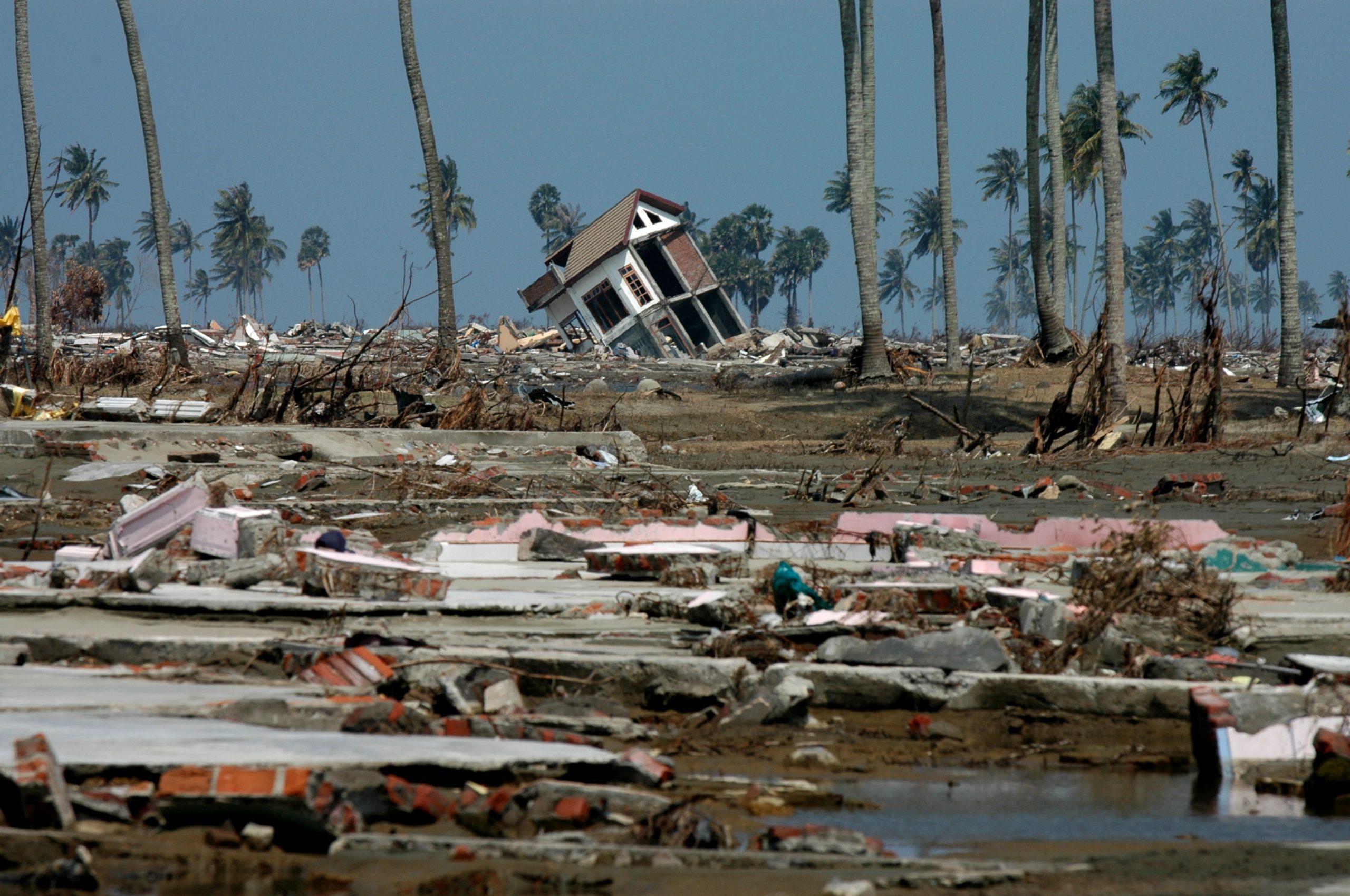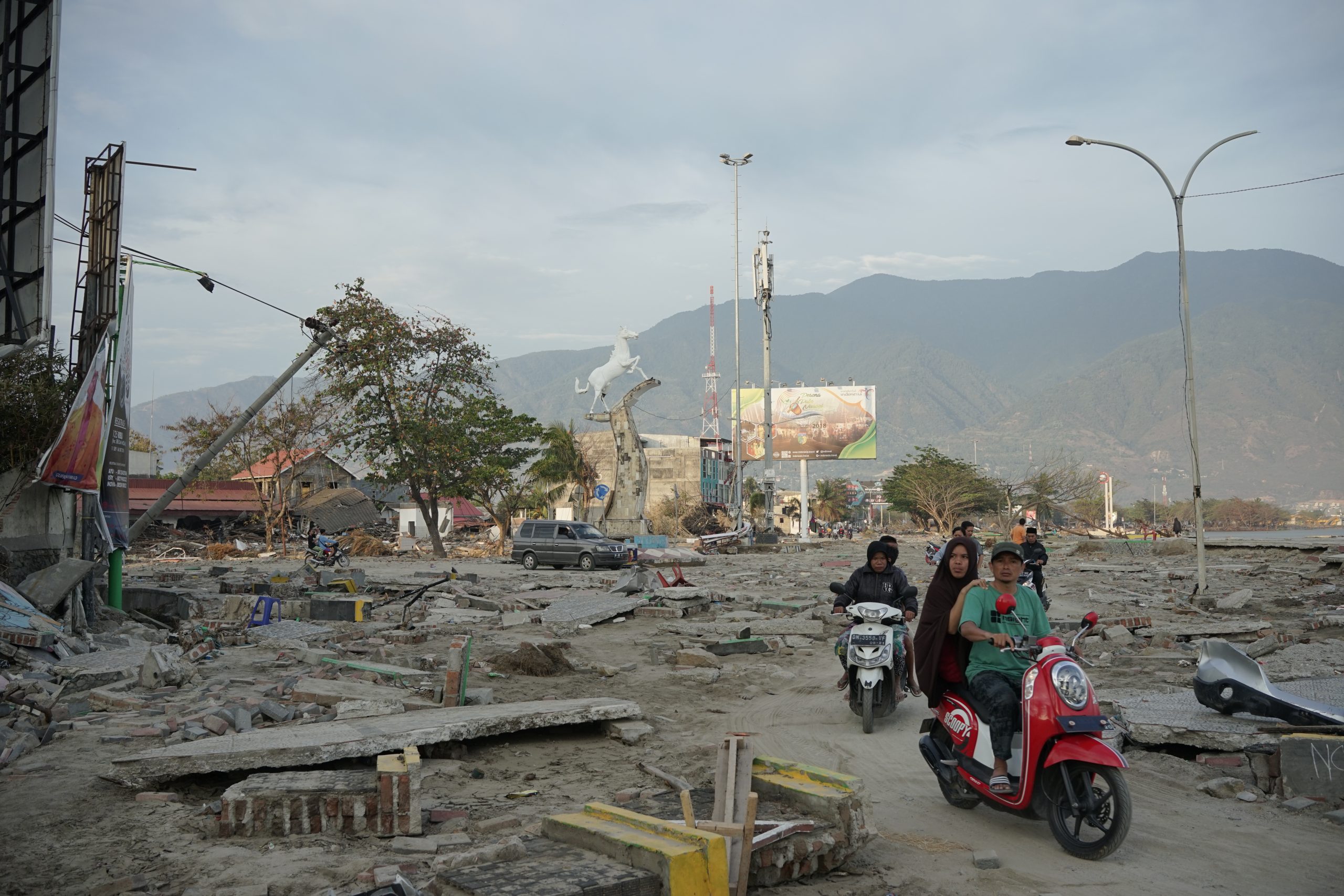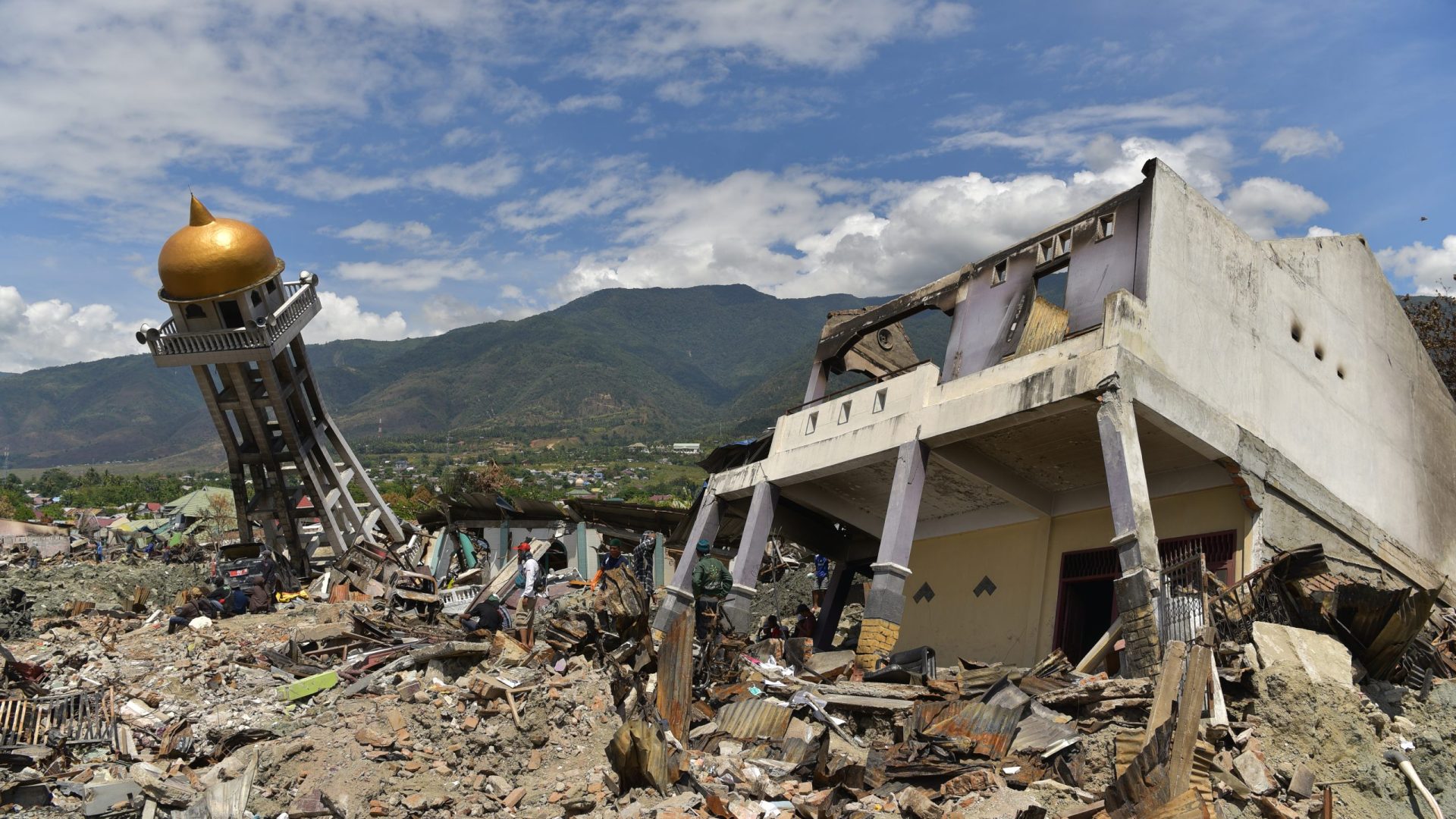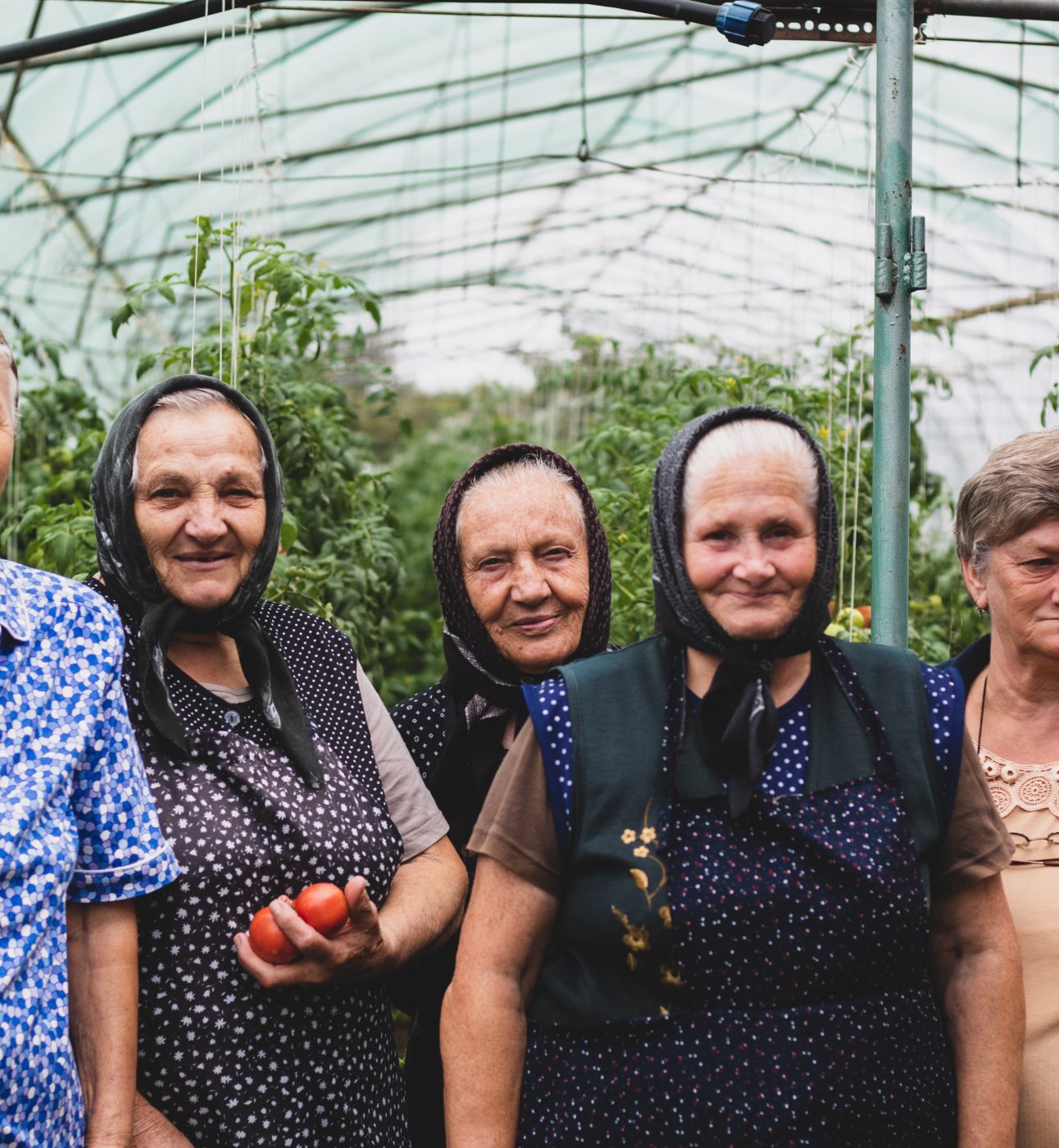I had recently returned to Thailand having completed the four-year humanitarian response to the earthquake in Gujarat. I remember just before Christmas saying to my colleagues, how it had been a tough year and how at last we had a break to relax. It was not to be as on 26 December 2004, the tsunami unfolded on our televisions and disrupted our holiday plans.
We all woke up with the news of this tsunami in Thailand. Slowly things started unfolding during the day in Thailand, Indonesia, India and Sri Lanka – countries that were devastated.
I went to India, my colleague to Sri Lanka. Our tsunami response focused on Sri Lanka, Indonesia and India. While the regional office was in Thailand, the focus was elsewhere because of the amount of money arriving there due to it being a tourist area that had been affected.
In India, we were working with the HelpAge India team who mounted an immediate response to the needs of older people. I think that’s the first time there was a focus on older people in the region because HelpAge International was there.
The focus was on procuring goods and services: non-food items and attending to health needs. Of course, this was before cash assistance was a central part of a humanitarian response so people can have the means to buy what they need. All of this happened very quickly because of the network HelpAge India had.

One morning, I was in an open field by the coast and could see how things were being handled. There were so many dead bodies. It was so emotive for everyone. I was informed that the people who buried the bodies had to drink alcohol to lose their senses to do their work.
I visited Velankanni Church, in Velankanni, a town amongst the worst hit on the east coast in Tamil Nadu state. It’s a Catholic area and a very spiritual place which attracts many Christian visitors.
There were 180 people who died in that church. Many had run there for shelter. The priest showed me where the coffins were laid out. They had been celebrating Christmas but all they had left were these bodies.
The priest explained to me that before the tsunami, the Church had rented out land around the building for market stalls. He said to me ‘While preaching of the love of Jesus, we allowed commercialism to come into our community. We forgot we were a religious house. We were not here to promote commercialism, and that is maybe where we went wrong’.
There were so many used clothes flowing in from other countries to be distributed. They brought in lorry loads. People ran behind the lorries to grab what they could. I could see one older woman bringing a bag of clothes in. I asked her if I could look through what she had. I saw some shorts, some jumpers, and I asked if she was going to wear any of it. She said ‘no, how can I wear these things?’

So many people lost their livelihoods – fishing boats especially. Agencies built shelters but they were completely different to the ones before and the names on shop signs were overshadowed by the larger wording of agency names that had funded their reconstruction. There was so much good meaning, but some of the decisions and tensions meant that people affected could also lose their identity, their dignity.
The temporary shelters built to house thousands of people, did not consider the specific needs of older people. The toilets were constructed at one end of the camp and older people found it difficult to use them at night.
HelpAge brought in new ways of meeting the needs of older people by organising food distribution and health services in a more age-friendly manner. A community hall was rented so older people could be invited to receive their bag of food and non-food items in one place. Instead of standing in lines, they all had seating and were given lunch. Medical check-ups were also given, with the medicines they needed provided. To make sure we reached as many people as possible, volunteers delivered what was needed to those who were unable to make the journey.
Some of the older people were overwhelmed and in tears as they had never experienced special care for older people before. One older woman said that even her children did not care for her as much as she felt cared for that day.
It was a humbling experience for me to see people rebuilding their lives slowly, despite losing everything they had. I learnt resilience from them. We also realised the need to focus on the mental health of older people. Rebuilding lives through provision of food and shelter was important, but even more important was the need for counselling for people to deal with the trauma they had suffered. This became an important part of our work going forward.
The tsunami response was extraordinary in terms of scale and was a pivotal moment in changing approaches to humanitarian responses, looking to be more co-ordinated and to think through new ways of helping those in need of support. It was also a moment when it felt like the whole world came together in a desire to help others. That was precious – and something I will never forget.




